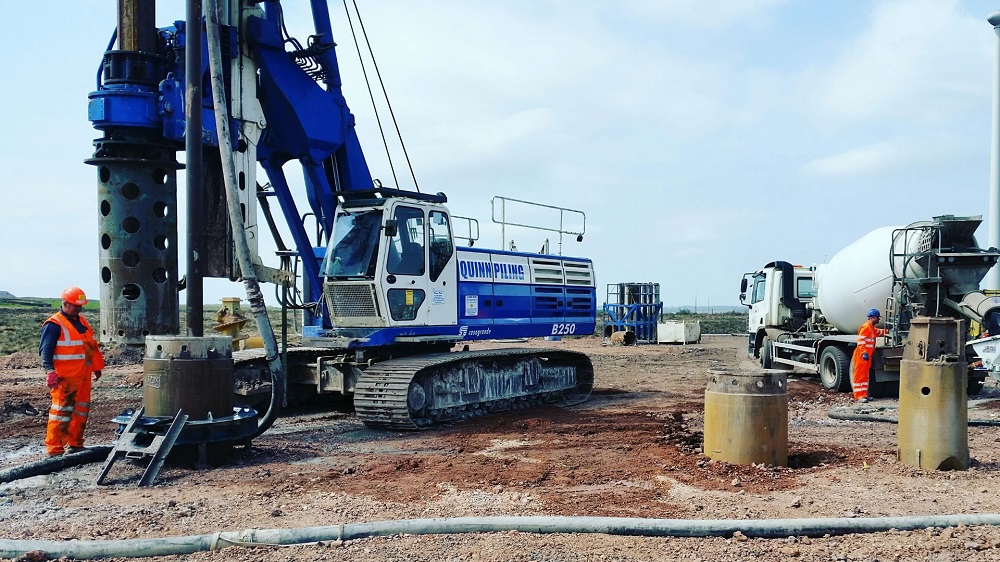Piling Contractors: Know Them Properly
Few structures will withstand the test of time without strong, sturdy foundations, and different foundation types are best suited for varied scenarios. Piled foundations have become more and more popular in recent years, partly due to innovation and rising costs for concrete and spoil disposal. So what do piling contractors do?
What Is Piling?
Piling is the technique of drilling foundations through the ground to give the weak soil below it extra structural support. Cfa Piling gets the earth ready to support large objects like a new house, office building, road, or other infrastructure.
Typically, piles are long poles constructed of concrete, steel, or wood. Depending on the soil’s characteristics and the project’s requirements, its shape, circumference, and weight may change. For support of taller constructions, such as skyscrapers, piles might need to carry uplift loads. Engineers must take wind or wave-induced overturning forces into account in this situation. In essence, pile foundations function by dispersing the weight of large structures over a larger surface area.
Work Of A Piling Contractor
It is imperative to inspect and evaluate the site in general and the soil in particular before moving forward with any other steps. The optimum kind of pile to employ and the machinery that can be utilised will depend on factors such as the strength and kind of the soil, the level of the water table, headroom if the piling will take place in a restricted space, and access to the site.
This is only one of the numerous benefits of hiring specialised piling contractors because they already have these tools on hand rather than needing to hire them.
Types Of Pilling
Building experts look at a variety of considerations to choose the optimum form of cfa piling for a project, including:
- The excavation’s depth
- The required installation angle for the pile
- The environmental problems affecting the local population
Some primary piling kinds that builders might take into account are as follows:
Friction Piles
Cylindrical friction piles are found. They transmit the forces that a building generates into the ground by using their entire height. The capacity of a friction pile is exactly proportional to the length of the pile. This implies that the pile can support more weight at higher depths.
Timber Piles
Timber piles have been utilised in construction for thousands of years by engineers. Precast off-site timber piles are erected using the driving technique. For both temporary and permanent projects, they offer a very cost-effective, safe, and effective foundation solution.
End-Bearing Piles
End-bearing piles’ bottoms rely on a bed of sturdy dirt or rock. The heavy load of a building is transferred via the pile and onto the strong layer by engineers when they create this type of pile. In essence, it is a column that punches through a weak layer of soil to allow a structure to maintain itself on the strongest layer below.
Bored Piles
In order to create a hole that may subsequently be filled with poured concrete, bored piles must first be augured into the ground. The advantage of this kind of pile is that because it is cast into place, bored piles are very secure. Bored piles are used in urban construction projects because their installation causes less vibration than alternative techniques.


Comments are closed.